I searched the website MurderPedia for "traffic stop" to find out what can happen to a policeman who stops a black male to give him a traffic ticket. The police training website website ForceScience.org says that there is "No Such Thing As A Routine Traffic Stop" and provides the following statistics:
According to FBI Law Enforcement Officers Killed and Assaulted reports, 62 officers were killed during traffic stops from 2003 to 2012. That does not include 34 others who died during and after vehicle pursuits.
There would be a lot more deaths if the police hadn't been prepared and willing to defend themselves. Here are some case studies—I have more. The cases below quote from MurderPedia.org with some emphasis added, and a few comments by me.
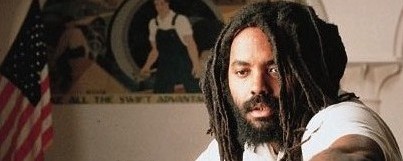
Motorist: Mumia Abu Jamal (born Wesley Cook)
Victim: Officer Daniel Faulkner
Date of Traffic Stop: December 9, 1981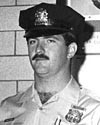
Description of Traffic Stop:
The murder of Daniel FaulknerOn the morning of December 9, 1981, Philadelphia police officer Daniel Faulkner was shot and killed during a routine traffic stop of a vehicle driven by William Cook, Abu-Jamal's younger brother.
In the trial the prosecution successfully argued that the following events occurred: during the traffic stop, Cook assaulted Faulkner, who in turn attempted to subdue Cook. At this point, Abu-Jamal emerged from a nearby taxi which he was driving and shot Faulkner in the back. Faulkner was able to return fire, seriously wounding Abu-Jamal.
Abu-Jamal then advanced on Faulkner, and fired four additional shots at close range, one of them striking Faulkner in the face, killing the policeman. Abu-Jamal was unable to flee due to his own gunshot wound, and was taken into custody by other police officers, who had been summoned by Faulkner at the time of the traffic stop.
Disposition: Sentenced to death July 2, 1982. Overturned. Sentenced to life December 2001. (A miscarriage of justice, caused by well-funded appeals from Leftists.)

Victim: Florida Highway Patrol Trooper Jeffery Dale Young
Date of Traffic Stop: August 18, 1987
Description of Traffic Stop:
Daniel Burns, Jr. and Samuel Williams were returning to Detroit from Ft. Myers when Florida Highway Patrol Trooper Jeff Young pulled them over on Interstate 75. According to Williams’ testimony, Trooper Young came up to the vehicle and asked for identification.Trooper Young then returned to his patrol car where he radioed dispatch for a wanted persons search and a registration check on Burns’ Michigan tag. Trooper Young next asked Burns if he could search the vehicle, and Burns consented.
Upon searching the trunk and finding what appeared to be cocaine, Trooper Young and Burns began to struggle. According to witness testimony, Burns and Trooper Young were fighting in a water-filled ditch when Burns grabbed Trooper Young’s gun and pointed it at him.
Trooper Young threw his hands in front of his face as Burns fired one shot, which hit Trooper Young’s wedding ring and struck him in the head. Trooper Young was dead by the time additional troopers arrived at the scene. Medical examiners testified that the shot was fired at such a close range as to leave gunpowder on Trooper Young’s face.
Disposition: Sentenced to death on June 2, 1988. Resentenced to death on July 6, 1994, and as of 2013, said to be “running out of appeals. (A miscarriage of justice, even if they eventually execute him)
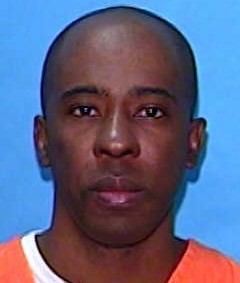
Motorist: Paul Howell
Victim: Florida State Trooper James Herbert“Jimmy” Fulford
Date of Traffic Stop: February 1, 1992
Description of Traffic Stop:
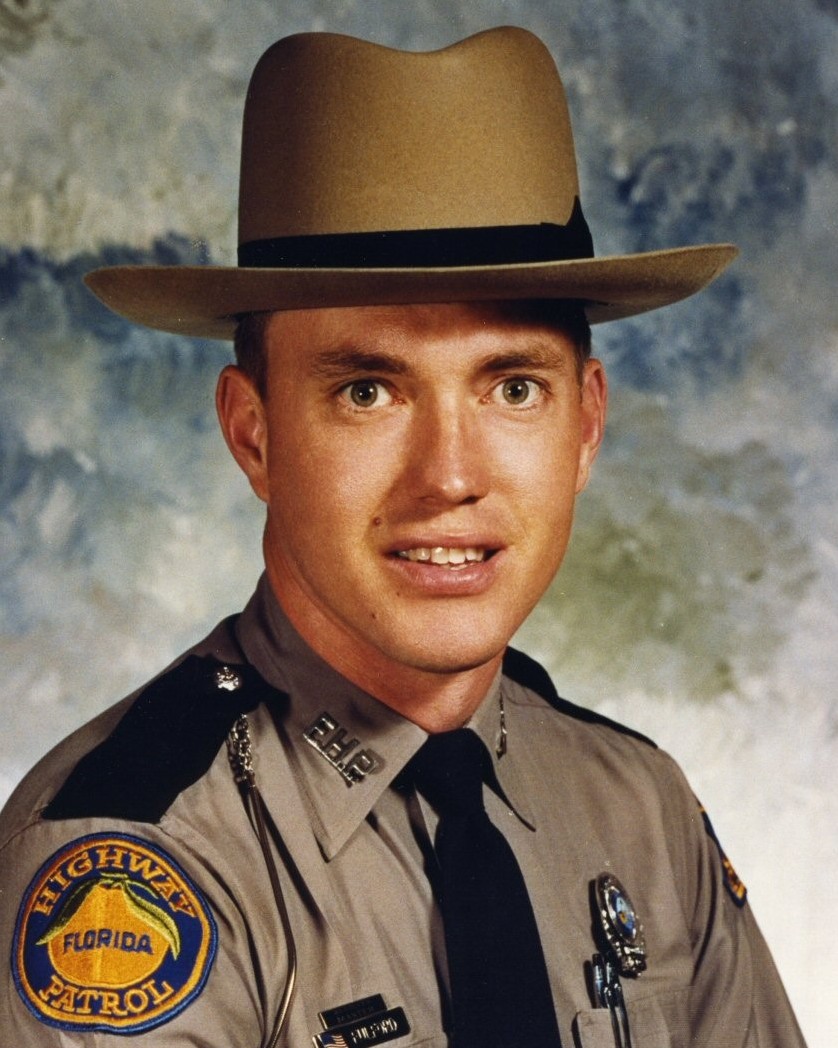
Howell, Tammie Bailey, and Howell's brother, Patrick, were part of a drug ring involving a number of other individuals in which drugs were obtained in Fort Lauderdale and then sold in Marianna, Florida.Howell intended to eliminate Bailey as a witness because she had knowledge that could link Howell and his brother to a prior murder. Howell constructed a bomb for the specific purpose of killing Tammie Bailey at her home in Marianna, The bomb was placed inside a microwave oven which was gift-wrapped and placed in a rental car. Howell then paid Lester Watson to drive and deliver the microwave to Bailey.
...[After the arrest]
Deputy Harrell also proceeded to the jail, leaving Trooper Fulford alone with the rental car. Shortly thereafter, a massive explosion took place at the scene. Testimony presented at Howell's trial by the State's explosives expert indicated that Trooper Fulford had been holding the microwave in his hands when the bomb went off. Trooper Fulford died instantly due to the massive trauma caused by the explosion. Howell was arrested and charged with Trooper Fulford's murder.
Disposition of Howell himself: Sentenced to death on January 10, 1995. Executed by lethal injection in Florida on February 26, 2014.
This one is a little personal—the man they killed had almost the same name as I do, although he can only be a very distant relative, I. E. with ancestors who came from the same village, or even the same extended family in England 400 years ago. Although the killer above was actually executed, the fact that he was executed twenty years after the sentence is still a miscarriage of justice.
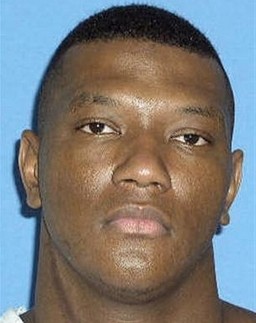
Motorist: Ronald Ray Howard
Victim: Texas Department of Public Safety Trooper Bill Davidson 
Date of Traffic Stop: April 11, 1992
Description of Traffic Stop:
Texas Department of Public Safety Trooper Bill Davidson stopped a vehicle on U.S. 59 in Jackson County for having a broken headlight.The driver of the vehicle, Ronald Ray Howard, shot Davidson in the neck. The vehicle Howard was driving was stolen.
Howard fled the scene of the shooting, but he was arrested within a couple of hours with the murder weapon, a nine millimeter handgun loaded with hollow point bullets, in his possession.
Howard confessed to killing the trooper and repeated his confession to a grand jury.
Disposition: Executed by lethal injection in Texas on October 6, 2005, only 13 years after the murder.
Howard was said to be influenced by rap music, and police racism—I. E. his murder was a hate crime. Lawyers tried to use this argument in his favor:
Howard said the trooper earlier had pulled alongside of him, sped off, then was waiting over a hill on the side of the road as Howard drove past. Davidson then flicked on his lights and pulled him over, Howard said. "I felt like I was being taunted," Howard said, adding that his previous encounters with police, particularly in his hometown of Houston, had soured him on police officers.Defense attorneys argued at his trial that Howard's constant exposure to gangsta rap music and its anti-police messages influenced him to pull the trigger. "He grew up in the ghetto and disliked police, and these were his heroes, these rappers . . . telling him if you're pulled over, just blast away," his trial attorney, Allen Tanner, recalled last week. "It affected him. That was a totally valid serious defense."
'Gangsta rap' killer executed for trooper's death Trial attorneys had argued that anti-police music led to the slaying
By Michael Graczyk, Associated Press, October 7, 2005
My view is that Howard was not entitled to claim "racism" when he was stopped because he was driving a stolen car. The version of the story on MurderPedia addresses this:
At the time of the April 1992 shooting, the 18-year-old father of four was on probation for burglary. He acknowledged Wednesday stealing "a lot of cars" but said it was normal activity for kids in his part of Houston.
That's very much the "soft bigotry of low expectations" in action. In Profiling Is Wrong No Matter HOW Right It Is—As Ex Drug Dealer And Thug Jay-Z Explains, I explained that there is no amount of being actually guilty that will stop an African-American criminal from feeling like he's the victim of racism.
Howard, because he'd been listening to rap music about racist cops, felt aggrieved enough to kill the officer who stopped him just because he was white.